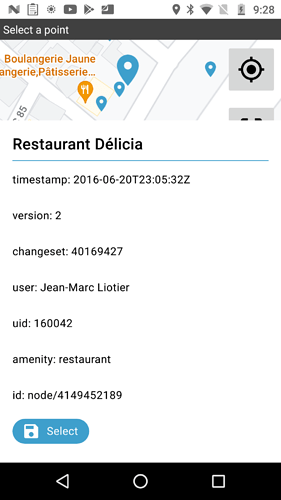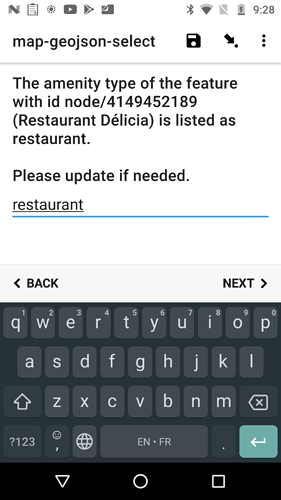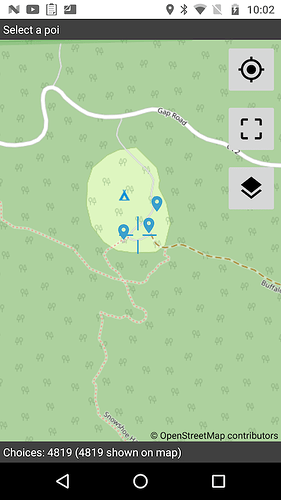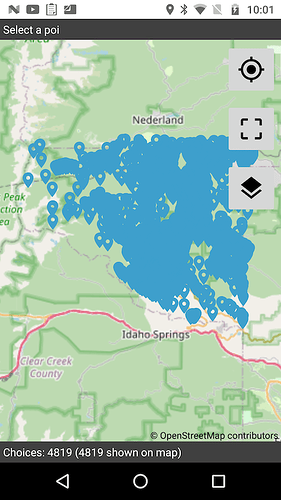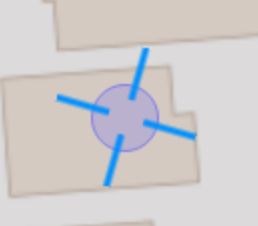ODK Collect betas are an opportunity to get community feedback on upcoming releases. If you have an ongoing data collection campaign, we recommend quickly verifying your form on a test device. The release will be delayed until all reported issues are fixed.
Joining the beta program
To join the beta program, find ODK Collect in the Play Store on your device (not in the web browser) and scroll all the way down. Please don't join the beta with a device or account actively used for data collection! In particular, note that joining the beta is account-based. If you use the same Google account across multiple devices, do not join the beta with that account.
Leaving the beta program
You can leave the beta program from the bottom of the Play Store at any time. Once you leave, you will get the next production update when it is released. If you need to go back to the previous production release, uninstall and reinstall the app. Your settings will be reset but your forms will remain (though backups are always recommended).
What to check in this release
- Creating projects from QR codes and reimporting from QR codes. We have implemented more validation around those QR codes.
- Downloading and updating forms with media files. It should now be fast to get a form update with media files that haven't changed. @ahblake
- Automatic form updates. Collect now backs off and retries a failed download attempt.
- Improvements to notifications triggered by auto-send.
- Pen color remembered when using image question types.
- Select one map appearance to map choice selections (aka select from map).
Additional testing
You can find a full list of changes in the release notes:
Thanks to all testers for your help!
